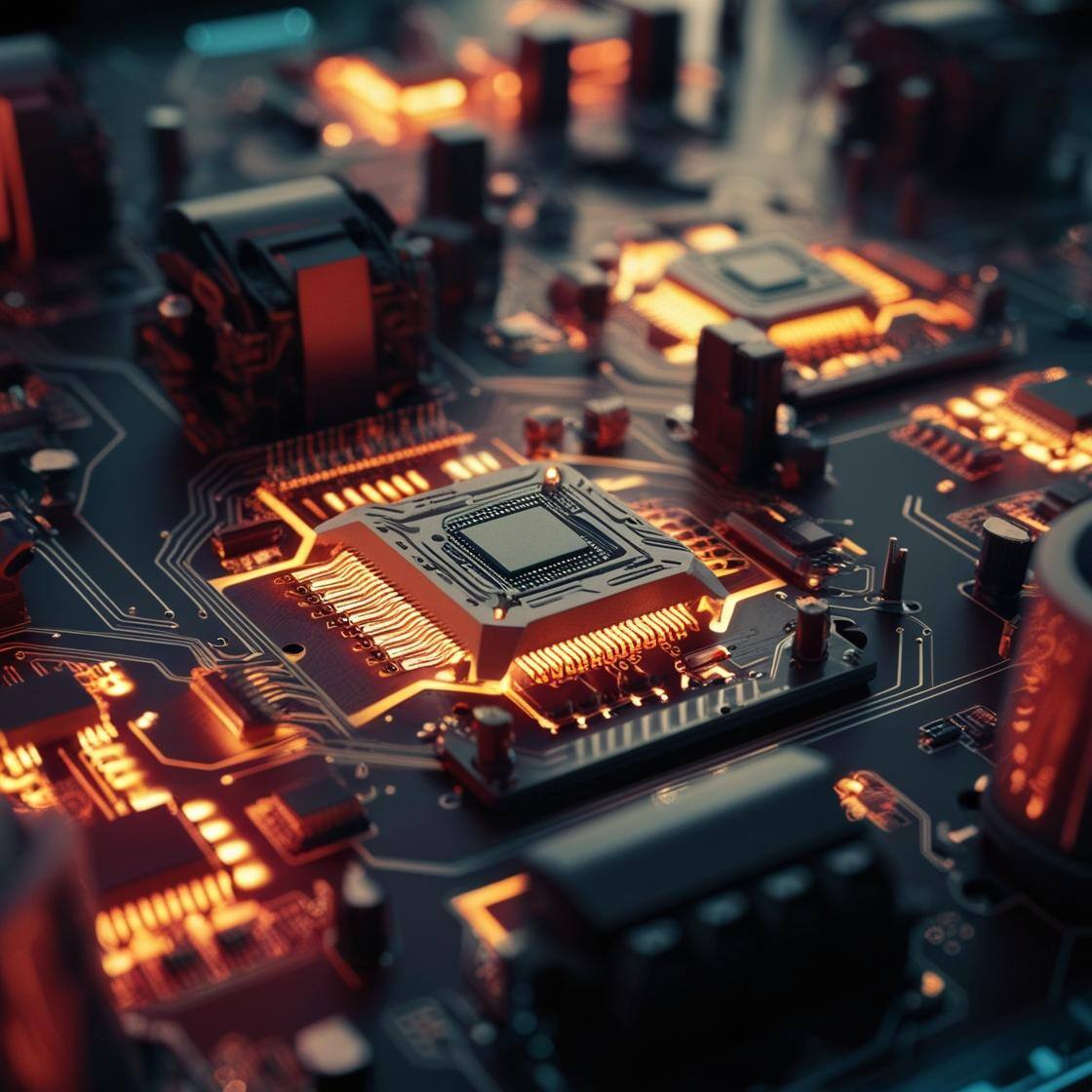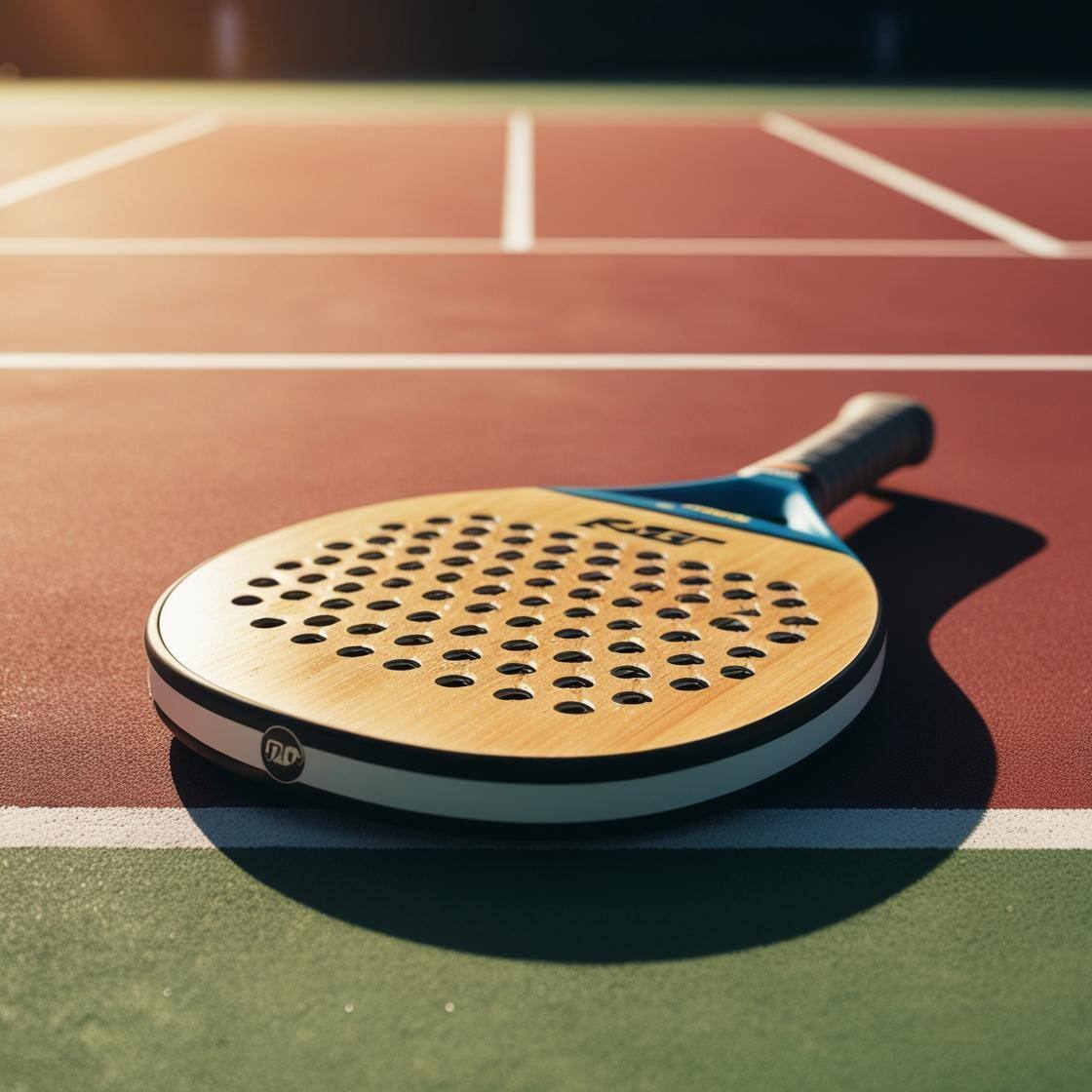6 min read
3D Printing and Nanotechnology
3D printing and nanotechnology are two fields of research and innovation that, at first glance, might appear worlds apart. The former focuses on...

The game of chess boasts a history spanning millennia, seamlessly merging art, strategy, and culture into a singular experience that has captivated generations of players worldwide. Today, thanks to digital manufacturing technologies such as 3D printing, the traditional chess set is undergoing a remarkable transformation, offering levels of personalisation and design that transcend the limitations of traditional craftsmanship and industrial production techniques. In this article, we explore how 3D printing is revolutionising the way we design, manufacture, and engage with the game of chess, examining its advantages, processes, and sources of inspiration for those wishing to create a unique, bespoke set.
Chess, which likely originated in India during the 6th century, has travelled through time and space, crossing cultures and continents to become a universal symbol of strategy and critical thinking. Traditionally, chess sets have been crafted from fine materials such as wood, marble, or metal, with designs reflecting local artistic and cultural traditions. However, the advent of 3D printing has ushered in a new era of creativity, where uniqueness and innovation lie at the heart of production.
The integration of 3D printing into the design world has enabled the creation of complex forms and intricate details that would be impossible to achieve with conventional techniques. This means that today, it is possible to produce chess sets that not only adhere to the aesthetic and functional principles of the game but can also be customised to reflect personal tastes, themes, and even individual narratives.
The production of 3D-printed chess pieces begins with the design phase, carried out using 3D modelling software. This tool allows designers to create highly detailed digital models, which can be adjusted in every aspect—from the shape of the pieces to the overall design of the chessboard. Once the model is complete, it is exported in a format compatible with 3D printers (typically STL) and processed by slicing software, which divides the model into thin layers and generates the printing path.
One of the greatest innovations offered by 3D printing is the ability to choose from a vast array of materials. Some of the most common include:
PLA (Polylactic Acid): A biodegradable and easy-to-print material, ideal for prototypes and decorative sets.
ABS (Acrylonitrile Butadiene Styrene): A more durable material suitable for pieces requiring greater resistance to wear and tear.
Photopolymer Resins: Used in stereolithography (MSLA) printers to achieve highly detailed and smooth surfaces, perfect for artistic and high-quality pieces. Ceramic resin is particularly notable, as it offers finishes reminiscent of traditional ceramics while maintaining the precision and finesse of 3D printing. This makes it ideal for creating pieces with intricate decorations and textures that highlight the artistry of design.
Nylon printed with MJF: Multi Jet Fusion (MJF) technology allows for the printing of nylon, a material that combines lightness and durability. MJF-printed nylon is distinguished by its robustness and ability to reproduce complex details, making it perfect for chess sets requiring resilience while maintaining a refined, modern appearance.
Beyond material selection, another crucial aspect is print resolution. High resolution enables the achievement of fine details, essential for intricate designs and decorative embellishments, particularly in the king and queen pieces or the details of the rooks.

One of the primary advantages of 3D printing is the ability to personalise every aspect of a chess set. Whether inspired by historical themes, fantasy worlds, or minimalist modern aesthetics, 3D printing provides the flexibility to create a truly unique product. Chess enthusiasts can now design and print pieces that reflect their passions or interests, adding emotional and personal value to the game.
In the past, handcrafted chess sets required extensive time and high costs, making them accessible only to a select group of enthusiasts or collectors. 3D printing, on the other hand, allows for the production of high-quality sets at relatively lower costs, reducing economic barriers and enabling broader access to personalised design. This is particularly appealing to small-scale artisans or start-ups aiming to enter the market with innovative products.
Another significant benefit of 3D printing lies in its sustainability. Unlike traditional production techniques, which often generate substantial material waste, 3D printing uses only the exact amount of material needed to create an object, thereby reducing waste. Furthermore, the possibility of using biodegradable materials such as ECOtech or PA11 helps minimise environmental impact, a growing concern in today’s world.
3D printing facilitates rapid prototyping, allowing designers to test and modify their models in a short timeframe. This iterative process encourages innovation, enabling experimentation with unprecedented forms and structures that may not be feasible with conventional methods. The result is the continuous evolution of chess set design, where innovation becomes an integral part of tradition.
A particularly exciting trend involves the creation of themed chess sets inspired by films, literature, mythology, or historical events. For example, a set based on Ancient Rome could feature pieces sculpted with classical motifs, columns, and symbols of the era, while a futuristic set might incorporate innovative geometries and sleek lines, using translucent materials or integrated lighting effects. These creations are not merely game tools but genuine works of art, suitable for display as design objects.
The elegance of simplicity is highly valued in contemporary design. Thanks to the precision of 3D printing, it is possible to create minimalist chess sets where each piece is characterised by essential geometric shapes and perfect symmetry. These modern designs seamlessly complement workspaces or stylish interiors, transforming the set into an integral part of the decor.
3D printing has bridged the gap between art and engineering. Today, collaborations between designers, artists, and engineers enable the creation of chess sets that flawlessly combine aesthetics and functionality. Such partnerships give rise to innovative solutions, including pieces with integrated movement mechanisms or chessboards that double as multifunctional design elements, such as lamps or decorative objects.
In this innovative landscape, companies such as Weerg play a pivotal role. Specialising in digital manufacturing solutions, Weerg provides cutting-edge tools and services to support designers and entrepreneurs in developing prototypes and final products through technologies such as 3D printing. Thanks to its online platform, Weerg streamlines the production process, enabling the transformation of digital ideas into physical objects with rapid turnaround times and competitive costs.
The ability to integrate various manufacturing technologies allows Weerg to offer a comprehensive range of solutions, from rapid prototyping to small-scale production. This flexible approach is particularly advantageous in the field of customised design, where the ability to create unique and bespoke products is a key factor for success. In this context, 3D-printed chess sets serve as a perfect example of how digitalisation in manufacturing can bring objects to life that combine tradition, innovation, and design.

Despite its numerous advantages, 3D printing in chess set design presents certain challenges. Among these is the need to balance aesthetics and functionality: an overly complex design could compromise the stability of the pieces, whereas an excessively minimalist approach might lose the artistic essence that makes a set unique. For this reason, continuous advancements in materials and printing technologies are essential to overcome these limitations and facilitate further experimentation.
Moreover, while extreme customisation is a major advantage, it also requires advanced expertise in 3D modelling. This highlights the importance of education and knowledge-sharing within the maker and designer communities. Online platforms, courses, and tutorials are playing a crucial role in making these technologies accessible, even to those without a specialised digital background.
The synergy between the tradition of chess and digital technologies such as 3D printing opens up exciting prospects for the future. Beyond the production of personalised sets, we can anticipate the development of new ways to interact with the game. For instance, the combination of 3D printing with sensors and IoT technologies could lead to the creation of smart chessboards capable of recording moves in real time, analysing matches, and offering strategic advice.
Another intriguing possibility is the integration of augmented and virtual reality. Imagine playing a chess match where the physical pieces interact with digital elements projected onto a virtual board, creating an immersive experience that blends the real and digital worlds. These innovations not only enrich gameplay but also present significant opportunities for branding and marketing.
3D printing is revolutionising the way we conceive and create chess set designs, offering endless possibilities for customisation and creativity. Thanks to this technology, an ancient game can be transformed into a true design object, capable of telling stories, expressing personality, and innovating in terms of both functionality and aesthetics.
Companies like Weerg are driving this revolution, simplifying the production process and making state-of-the-art technologies accessible to small businesses and artisans. The result is a constantly evolving market where tradition and innovation merge to create unique, sustainable, and highly personalised products.
The future of chess, therefore, is no longer confined to a mere strategy game but expands into a realm of creative possibilities, where every move, piece, and chessboard tells a different story. Whether you are a design enthusiast, a seasoned player, or simply curious about exploring new technologies, the world of 3D-printed chess sets offers fresh and exciting perspectives, ready to transform the way you experience this centuries-old game.
In essence, 3D printing is not merely a manufacturing tool but a true medium of artistic and technological expression. It enables boundless experimentation, blending tradition with innovation and creating objects that extend beyond mere functionality, becoming works of art and communication instruments. The ability to personalise every detail, from the shape of the pieces to the materials used, allows designers and enthusiasts to leave a personal mark on the world of chess, making every game a unique and unrepeatable experience.
Whether you seek a classic set reimagined with a modern twist or a completely new design that challenges conventions, 3D printing provides the tools to bring your ideas to life. With the support of innovative companies like Weerg, the journey from digital design to physical production becomes straightforward, fast, and accessible to all.
Ultimately, the fusion of chess’s timeless appeal with the versatility of 3D printing presents an extraordinary opportunity to reinvent an ancient game, positioning it at the forefront of a new era of innovation, sustainability, and personalised design.

6 min read
3D printing and nanotechnology are two fields of research and innovation that, at first glance, might appear worlds apart. The former focuses on...

6 min read
Padel has seen exponential growth in Italy and worldwide in recent years. A glance at sports clubs in major cities and smaller towns alike reveals an...

6 min read
The game of chess boasts a history spanning millennia, seamlessly merging art, strategy, and culture into a singular experience that has captivated...